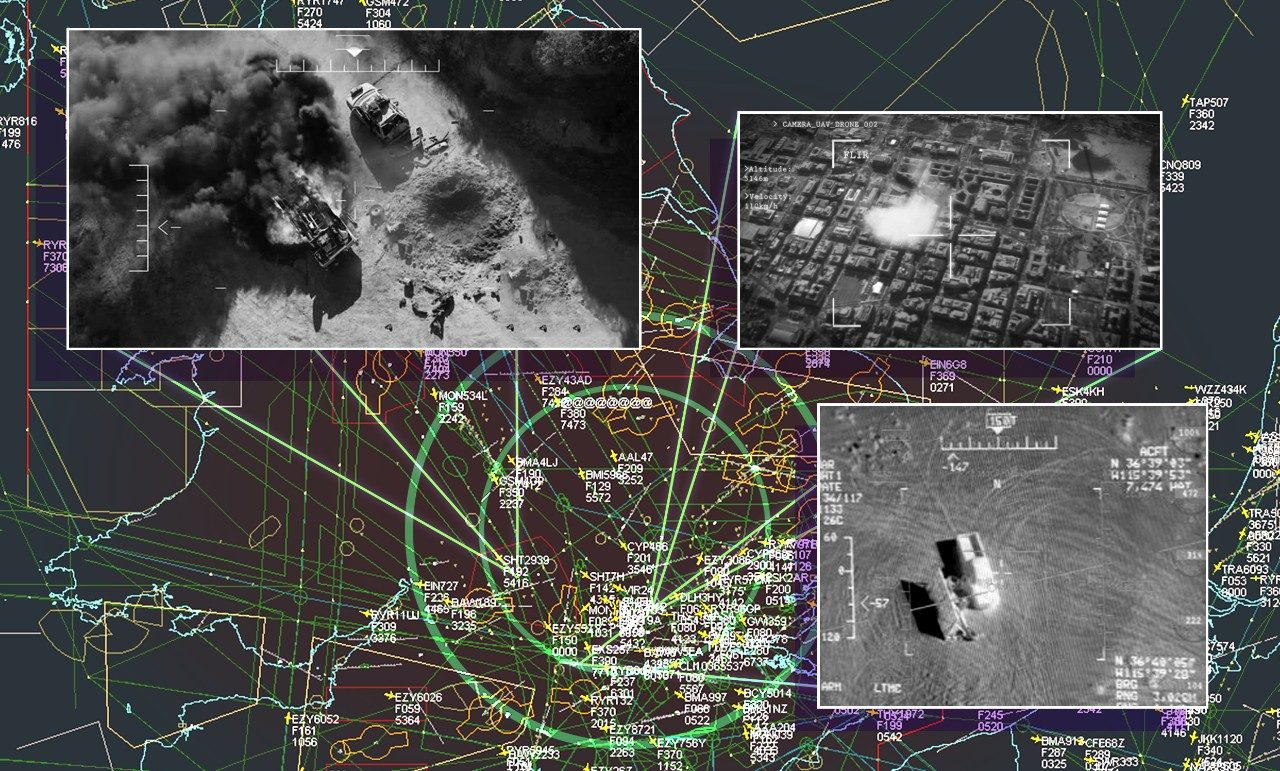Writing the Playbook and Calling the Plays
February 26, 2020
Joint All Domain Operations or Joint All Domain Command and Control (JADC2) continues to evolve. This natural progression of warfare, with rapid advances in space, cyber, mobile sensors, hypersonics and other fifth generation assets has set the stage for a vastly expanded battlespace, coupled with vastly compressed timelines.

And as the battlespace becomes more distributed and autonomous, considerable thought has been given to the tactical edge, including the data architecture and network that will support continuous operations. And the tactical edge is where some of earliest joint all domain operational capabilities will be delivered.
While focusing on the edge is critical, we must also consider the operational architecture that will help maintain our superiority by providing simultaneous situational awareness across domains. We need a fluid and reliable way of dynamically adapting command and control authority.
Coaching The Quarterbacks
In synchronized operations that span across domains, the analogy has been made that there will be a “quarterback” to call the plays for each domain. To increase capability in an anti-access area denial (A2AD) environment, there could be 1 or 100 quarterbacks, working together, exchanging data, tasking assets and sharing status with the other domains.

Joint command and control in these operations will require capabilities that are utilized in the “grey zone” where most of the operational timeline is spent – the times between full peace and all-out war. Building on the football analogy, it is in this time that we need the management structure like a head coach with offensive and defensive coordinators.
At the strategic level is where a commander can simultaneously see what is happening in space, observe how an advisory is using the spectrum and trigger a warning on how a cyber-attack may be related to movement of troops and supplies. Leveraging artificial intelligence to evaluate the probability of success and potential ramifications of actions across domains, the strategic commander will provide operators with decision aides on the optimal use of effectors from across the battlespace. For example, is a cyber-attack effective? How can the spectrum be used to an advantage? What type of interceptor has the highest probability of success?
Wargaming to Find Answers
To further advance how to employ effectors across multiple domains simultaneously, we have been wargaming. After four exercises, what has become apparent is that the JADC2 operational architecture requires a layered approach to allow disparate domain planners and battle mangers to connect and synchronize their efforts in an “all domain” fight.

From these wargames, we discovered the importance of leveraging the strengths of strategic, operational and tactical level assets. If we hope to achieve true collaborative operations across domains, the bridge between JADC2 and distributed operations must be considered every bit as carefully as operations at the tactical edge.




